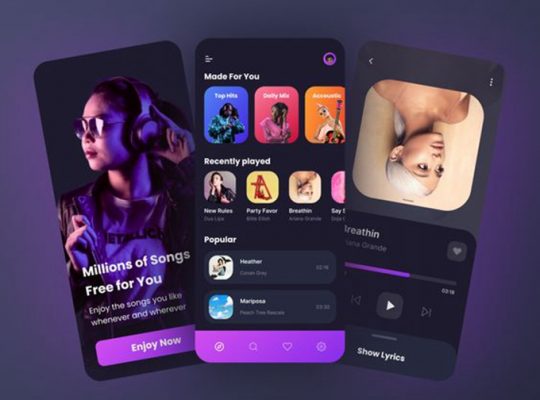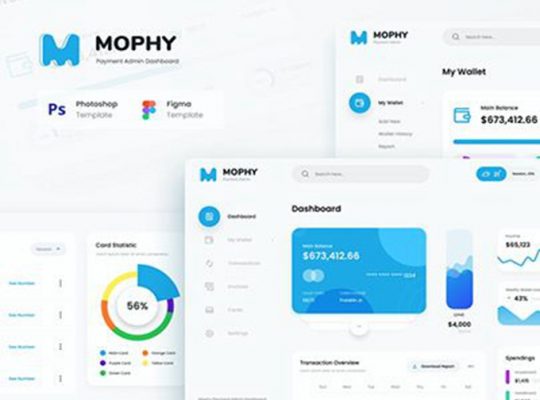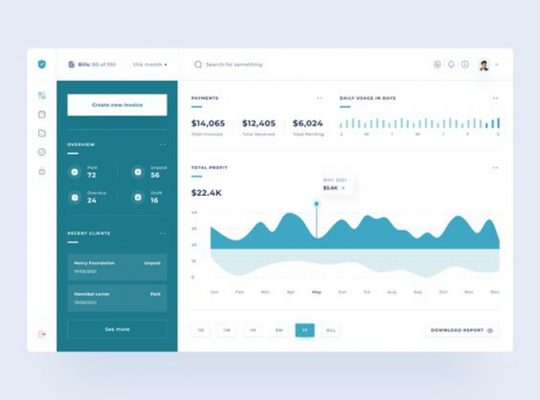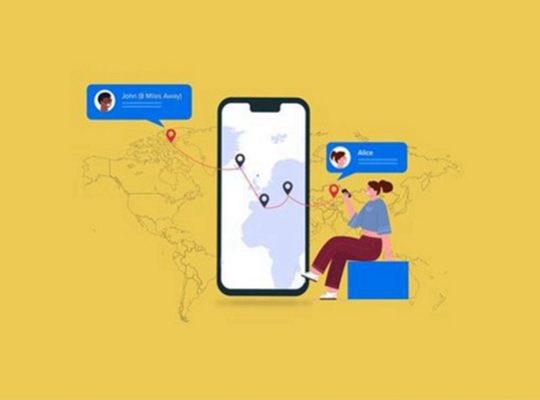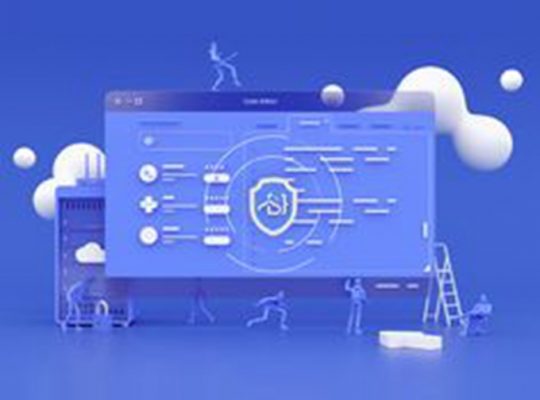Cell customers face a difficult resolution firstly of their device-based journey: Which platform do I select? It shouldn’t be as large of a query as it’s, however there’s proof to counsel that customers on each platforms differ in character.
- Table of Content
- Who is more engaged
- buy keyword downloads android
- android app ratings and reviews
- aso google play
A lot of this has to do with function degree variations: Android has extra machine selection and is extra customizable, whereas iOS is thought for its uniformly glossy design and user-friendly interface. In terms of apps although, there are fewer gaps they usually largely relate to Apple’s strictness round push notifications and Google’s lack thereof. For example:
- Android push notifications arrive on the lock display screen and stay till the person views them in-app, whereas iOS notifications arrive after which disappear following machine open. In iOS, notifications are then saved within the notification middle, however the truth that they don’t seem to be persistent makes it extra of a problem for iOS entrepreneurs to maintain their messages top-of-mind for customers.
- iOS doesn’t permit apps to routinely choose customers in to push, whereas Android does. This may be remedied by asking customers to opt-in after you’ve constructed belief with them within the first few classes, however you should definitely strategize realizing that customers are searching for worth from the beginning.
Utilizing information as our information, let’s outline how app entrepreneurs ought to strategy messaging on each platforms.
Android takes first place in push
The restrictions on iOS push play out in our information, the place metrics equivalent to open charge, conversion charge, and classes per person following push receipt are stronger on Android than on iOS.
On common, iOS push notifications are opened 3.28% of the time and 0.7% of customers full a desired conversion occasion, whereas Android pushes are opened 4.57% of the time and 1.8% of customers convert. Android customers full a mean of three.41 classes inside seven days of push receipt, whereas iOS customers full 3.27 classes. Android customers could open extra pushes just because they’re perceived as extra pressing, however additionally they convert at the next charge and have barely extra classes following receipt. In terms of retail apps, this impact could also be offset by the truth that iPhone customers spend 3 times as a lot as Android customers do on cell eCommerce websites.
Android performs higher than iOS within the common push enviornment, however digging deeper reveals that iOS customers open wealthy pushes at a charge 20% larger than common, whereas Android customers open wealthy pushes 4% lower than common. Alternatively, iOS customers are much less more likely to convert after receiving a wealthy push than they’re after receiving an everyday push.
3.92% of iOS wealthy pushes are opened, in comparison with 4.39% of Android wealthy pushes. The message is that iOS entrepreneurs who work to craft engaging visible pushes see larger open charges than they do with common push notifications. That is seemingly as a result of wealthy pushes break up the extra uniform expertise that iOS is thought for and affords flashy visuals which will enchantment extra to extraverted, status-driven personalities. Alternatively it’s potential for wealthy push to grow to be overwhelming and make customers much less more likely to open a message or convert.
iOS comes out forward with in-app messages
In terms of in-app messaging, Apple’s status for a pristine expertise is unbeatable. iOS in-app messages are opened extra often, drive higher conversion, and are extra participating to customers than these on Android.
On common, in-app messages on iOS have an open charge of 9.93%, in comparison with Android’s 7.26%. iOS’s in-app messages convert at a 3.83% charge, with Android coming in barely decrease at 3.35%. Regardless of this, iOS and Android in-app message engagement hover inside 1-2 classes of one another: customers spend 45.2 classes on common inside seven days following in-app receipt on iOS and 43.5 classes on Android. Entrepreneurs ought to attempt to work with the Apple expertise when strategizing for iOS – customers like communication inside the app greater than doubtlessly being interrupted exterior of it.
On the finish of the day, who’s extra engaged?
If Android takes the lead on push notifications and iOS wins with in-app, then which platform is probably the most engaged general? We are able to reply this query with a easy metric: how a lot time does the common person spend in an app over the course of a month (aka Time in App)? There may be really a notable distinction in whole app utilization over the course of a month, with Android simply barely edging out iOS.
There are a number of potential explanations for this disparity in general app use, however one that’s supported by onerous information is the demographic composition of customers in each buckets. iPhone customers are usually extra extraverted than Android customers and have a tendency to understand their gadgets as a standing image, so Android customers could spend extra time on their telephones and fewer time chatting. iPhone customers could also be extra inclined in the direction of materials possession versus quite a lot of options they will take time to discover. It’s additionally potential that Android customers are experimenting with the sheer variety of apps within the Google Play retailer (3.3 million in June 2018), whereas iOS customers have to be content material with a measly 2.2 million.
It seems that Android is overtaking iOS in a contest of app engagement, proving that it may be simply as efficient at delighting end-users as its counterpart. Alternatively, iOS’s in-app expertise is arguably higher. Solely time will inform how the market will evolve sooner or later, however Android’s momentum appears to be making a comeback.
Methodology
Localytics is the main analytics and advertising platform for cell and internet apps throughout greater than 1 billion gadgets and 28,000 apps. Localytics processes 50 billion information factors month-to-month. For push and in-app open charges, we seemed on the variety of occasions customers opened messages inside sooner or later. Conversion charges are outlined because the % of customers who carried out a conversion occasion inside seven days. Engagement (or classes per person) is outlined as the common variety of classes customers accomplished inside seven days. The timeframe for this research was January 1, 2018 to June 30, 2018.

